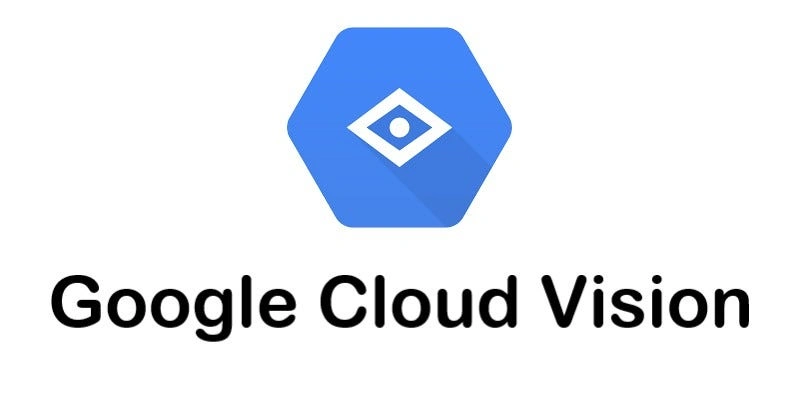Healthcare Automation: A comprehensive guide
Table of Content
The healthcare business is witnessing a transformational shift as healthcare automation reshapes how medical professionals give care and manage their operations. The shift aims to create a more efficient, accurate, and responsive healthcare system that can satisfy the expanding needs of both patients and providers.
Healthcare workflow automation is critical in this shift, enhancing all aspects of healthcare delivery from appointment scheduling to patient follow-ups. By automating common administrative chores, healthcare providers may devote more time to patient care and less to paperwork.
In this blog, we will look into the broad state of healthcare automation, starting with an overview of what automation in healthcare comprises. We will discuss the multiple benefits, the technology used, and how to choose the best automation solutions. Furthermore, we will also look at the limits of using automation in healthcare, helping you understand how it affects the healthcare industry.
What is Automation in healthcare?
Healthcare automation refers to the use of technology to streamline and optimize various processes within the healthcare system. This encompasses healthcare workflow automation, which improves efficiency by automating routine administrative and clinical tasks, allowing healthcare professionals to focus more on patient care.
Additionally, healthcare integration plays a crucial role, connecting disparate systems and data sources to ensure seamless information sharing and coordination across different departments and facilities.
Benefits of healthcare integration
1. Enhanced Efficiency
Healthcare automation streamlines routine tasks, reducing administrative burdens and freeing up time for healthcare professionals to focus on patient care.

2. Improved Coordination
Healthcare integration ensures seamless communication and data sharing across various departments, enhancing coordination and reducing the risk of errors.
3. Better Patient Outcomes
Automation improves the accuracy and speed of medical processes, leading to more timely and precise treatments, ultimately resulting in better patient outcomes.
4. Increased Operational Efficiency
Automating workflows optimizes resource utilization, enhances productivity, and ensures that healthcare operations run smoothly and efficiently.
5. Enhanced Data Management
Automated systems facilitate better data management, ensuring that patient information is accurate, up-to-date, and easily accessible to authorized personnel.

6. Cost Savings:
By reducing manual labor and minimizing errors, healthcare workflow automation leads to significant cost savings for healthcare facilities.
Technologies used in healthcare automation
1. Electronic Health Records (EHRs):
EHRs are a cornerstone of healthcare automation, facilitating healthcare workflow automation by digitizing patient records, making them easily accessible, and ensuring they are updated in real time. EHRs also support healthcare integration by enabling seamless data sharing across different healthcare providers and departments.
2. Artificial Intelligence (AI) and Machine Learning (ML):
AI and ML technologies play a significant role in healthcare automation by analyzing large volumes of data to predict outcomes, recommend treatments, and assist in diagnosis. These technologies enhance healthcare workflow automation by providing decision support tools that reduce the burden on healthcare professionals.

3. Robotic Process Automation (RPA):
RPA is used in healthcare workflow automation to handle repetitive tasks such as appointment scheduling, billing, and claims processing. This technology improves efficiency and accuracy by automating these routine processes.
4. Telemedicine Platforms:
Telemedicine platforms leverage healthcare integration to provide remote patient care. These platforms enable real-time communication between patients and healthcare providers, integrating patient data and treatment history to offer comprehensive care remotely.
5. Internet of Things (IoT) Devices:
IoT devices, such as wearable health monitors and smart medical devices, support healthcare automation by continuously collecting and transmitting patient data. This real-time data collection enhances healthcare workflow automation and integration by providing up-to-date information for monitoring and decision-making.
6. Clinical Decision Support Systems (CDSS):
CDSS is used in automation to provide healthcare professionals with evidence-based recommendations and alerts. These systems integrate with EHRs and other data sources to enhance decision-making and improve patient outcomes.
How to select healthcare automation?
Selecting healthcare automation solutions involves several critical steps to ensure they meet the specific needs of a healthcare facility.
1. Identify Needs and Goals
Determine the specific needs and objectives of your facility. Assess which aspects of healthcare workflow automation will provide the most benefit, such as reducing administrative burdens, improving patient care, or enhancing data management.

2. Evaluate Integration Capabilities
Ensure that the automation solutions can seamlessly integrate with your existing systems. Effective healthcare integration is crucial for smooth data sharing and coordination across different departments and systems.
3. Assess User-Friendliness
Choose automation tools that are user-friendly and require minimal training. Healthcare professionals should be able to easily adopt the new systems without significant disruption to their workflow.
4. Consider Scalability
Select solutions that can scale with the growth of your facility. The healthcare automation tools should be flexible enough to accommodate future expansions and increased patient loads.
5. Review Vendor Support and Reliability
Evaluate the reputation and support services of the automation solution vendors. Reliable customer support and regular updates are essential for maintaining the efficiency of healthcare workflow automation systems.

6. Check Compliance and Security
Ensure that the automation solutions comply with healthcare regulations such as HIPAA. Data security is paramount, so choose systems with robust security measures to protect patient information.
7. Cost-Benefit Analysis
Perform a thorough cost-benefit analysis to understand the financial implications. Consider both the initial investment and long-term savings that healthcare automation can provide through increased efficiency and reduced errors.
By carefully considering these factors, healthcare facilities can select the most suitable healthcare automation solutions that enhance their operations, integrate seamlessly with existing systems, and ultimately improve patient care.
Limitations of healthcare automation
1. High Initial Costs
Implementing automation can require significant upfront investment in technology, infrastructure, and training. The high costs may be a barrier, especially for smaller healthcare facilities, despite the potential long-term savings.
2. Integration Challenges
Achieving seamless healthcare integration can be difficult, particularly when dealing with legacy systems that may not easily interface with new automation technologies. Integration issues can lead to data silos, disrupting the flow of information and hindering the benefits of healthcare workflow automation.
To some extent, you can address this challenge by utilizing workflow integration and automation tools such as Robylon AI.
3. Technical Difficulties
Automation systems can experience technical issues, such as software glitches, hardware failures, and cyber-attacks. These technical difficulties can disrupt workflows and compromise patient care if not promptly addressed.
4. Resistance to Change
Healthcare professionals may resist adopting new automation technologies due to unfamiliarity or concern about job displacement. This resistance can slow the implementation of healthcare workflow automation and require additional time and resources for training and change management.

5. Data Privacy Concerns
Automation increases the amount of digital data being handled, raising concerns about data privacy and security. Ensuring that automation solutions comply with stringent data protection regulations and have robust security measures is essential but can be challenging.
6. Dependence on Technology
Over-reliance on automated systems can be problematic if these systems fail or are not properly maintained. Dependence on technology may also reduce the development of critical thinking and problem-solving skills among healthcare professionals.
Understanding these limitations is crucial for effectively implementing and managing healthcare automation, ensuring that the benefits outweigh the challenges.
Conclusion
In summary, the adoption of healthcare automation is a significant milestone in the delivery and management of healthcare. From streamlining administrative tasks through healthcare workflow automation to enabling seamless data sharing and communication via healthcare integration, automation holds immense potential to enhance patient care, improve efficiency, and drive cost savings within the healthcare industry.
Integrating multiple web applications in healthcare can be challenging, leading many healthcare companies to rely on multiple automation platforms for different workflows.
Automation platforms like Robylon AI can address this challenge by offering a centralized solution for configuring and executing workflow automation, even across multiple applications. By leveraging advanced AI-assisted technology and prioritizing customizability, Robylon AI empowers organizations to automate workflows, increase productivity, and stay competitive in the dynamic business landscape.
Interested in learning more? Schedule a demo with us.







